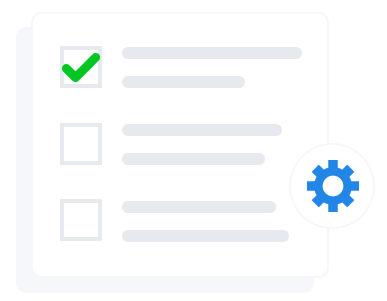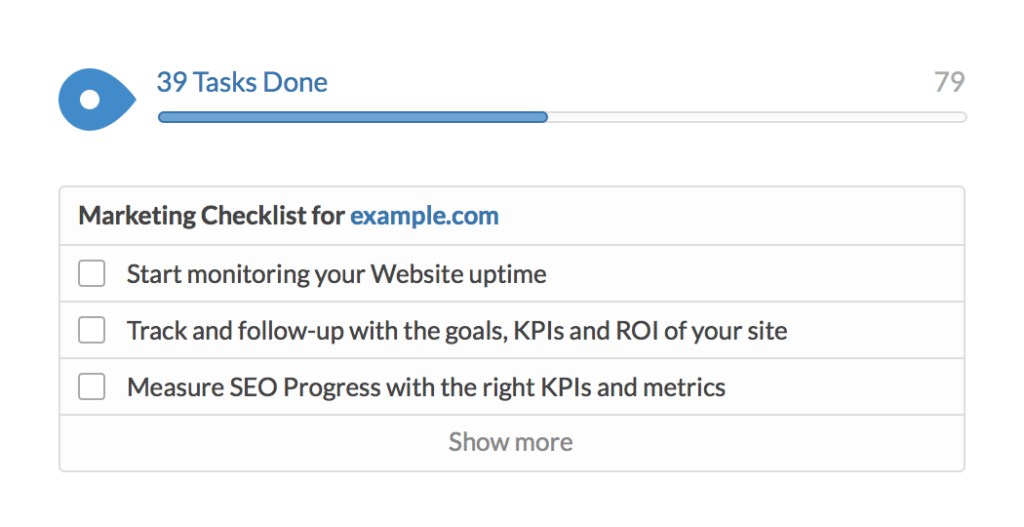You’ve got it all going on. Your product(s) and company are doing well in the market. You’ve figured out your niche and how to effectively reach customers. It’s time to start actually growing and expanding. But are you really ready to scale the business?
Sure, more customers are great, but with more customers come more logistic challenges. Let’s just say for example, you have a high-end, custom-wrapped product that requires a focused level of detail regarding preparation and packaging. Or perhaps, you’re planning on adding additional sales channels and now need to be prepared to ship 10 times the amount your operations currently handle.
The fulfillment and distribution of your products is that often not talked about aspect of marketing that certainly plays an important role in your overall success. Marketers would probably even argue it is half of the success (customers being the other half). It may not seem as exciting and dynamic as other marketing components, yet it needs careful attention during marketing planning, especially to deliver on growth opportunities.
There are two main questions that your company must address to assess your operational approach to fulfillment. Are you able to meet and exceed customer expectations while fulfilling orders? How will you provide a high level of customer satisfaction during peak selling times or due to increased demand in general?
Some companies may be handling fulfillment internally, while others are outsourcing to a third-party vendor. Fulfillment requires receiving, processing, and delivering orders and the space to store the product. Initial arrangements may have been a perfect fit for your needs. As your business grows though your fulfillment operations should have a plan for flexibility in order to meet the new demands of your customers.
So whether you’re feeling like you might be maxed out with managing your own fulfillment or you’re questioning if your vendor has what it takes to help you move to the next level, here are four operational considerations to be mindful of for scalability.
Labor Support – Labor is tricky. If you’re handling fulfillment in-house you probably have experienced how hard it is to retain workers and how hard it is to anticipate when an increase in labor is needed. On the flip side, when you experience a slow cycle and there’s little work to do you must still pay workers.
Working with a fulfillment vendor allows you to have time to see how they handle a peak season when there is a rush to deliver ordered products. There shouldn’t be an affect to your bottom line if business is slow or busy in terms of labor costs if you’re using a provider. However, you do need to make sure they can handle any new value-added services you require and that continued training is happening with their staff to meet your scalability projections.
Costs – A major cost of fulfillment is shipping expenses. Taking your business to the next level may involve a regional, national or international approach and the ability to ship to these places. Fulfillment companies can deliver anywhere and can offer bulk delivery discounts. It may also make sense to have warehouse facilities strategically located to garner even lower shipping rates.
Space – Your business may be one of the many booming from ecommerce. Even if you are managing your own fulfillment having enough square footage may be hard to find or require you to lease or purchase more space. Seasonal cycles or an increase in demand doesn’t cost you more because you pay the same rent or storage for your inventory when working with a fulfillment facility.
Technology Commitment – Customer expectations are continually on the rise. You need to evaluate your operations whether handled internally or externally to determine if an increase in volume would allow you to still deliver on customer satisfaction. Being committed to the latest technology when it comes to inventory management, processing orders, tracking, and reporting will help you extend your reach and keep fulfillment services on a reliable schedule.
Fulfillment is complicated and time-consuming. It requires specialized systems and labor to efficiently get your product in the hands of your customers. You may determine as your business grows that you don’t want to focus your energy on managing all the tasks and processes associated with fulfilling orders, and rather put your effort into other marketing and selling activities. And that’s okay; there are plenty of fulfillment providers who have chosen to make these activities their business.
Related Resources:


